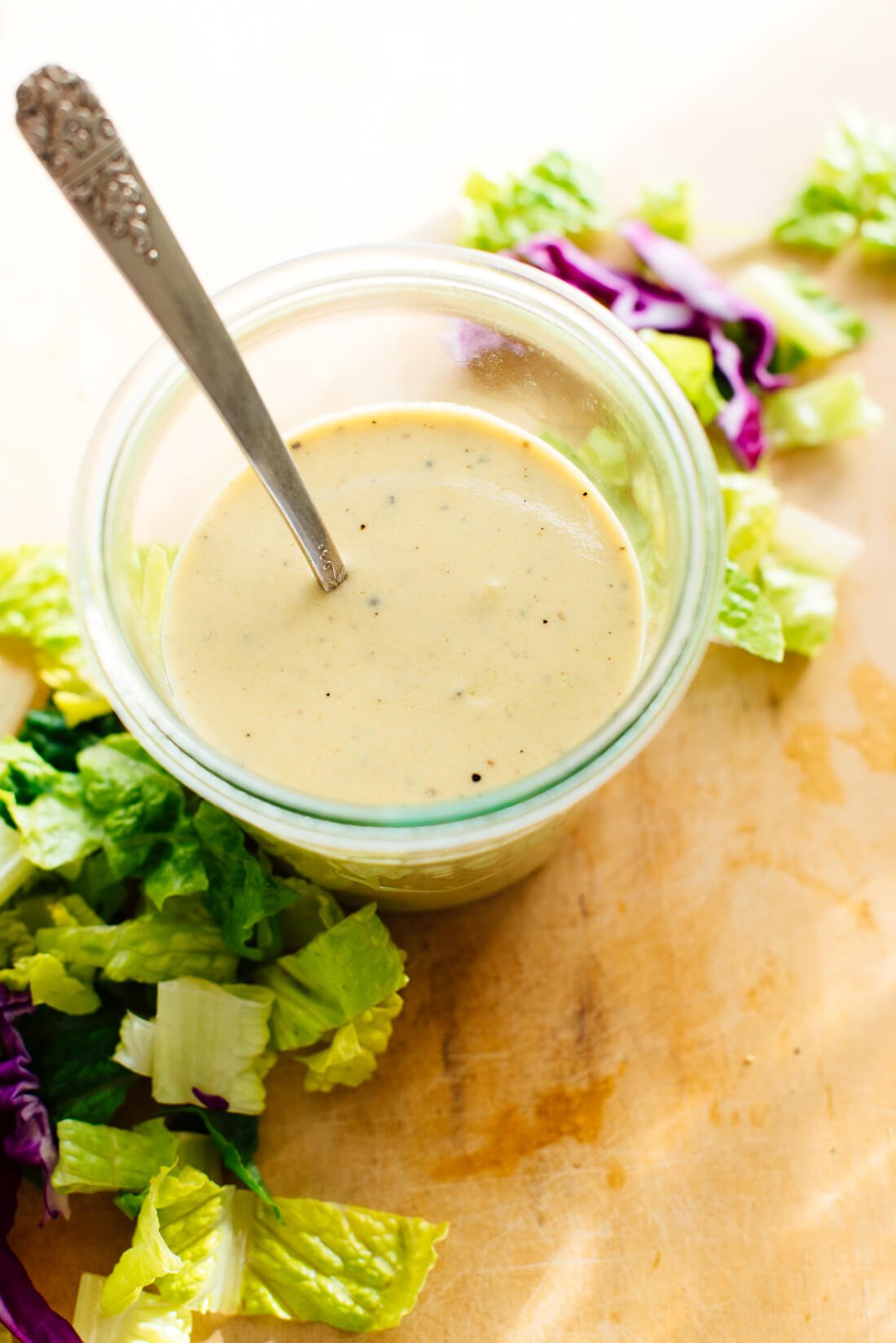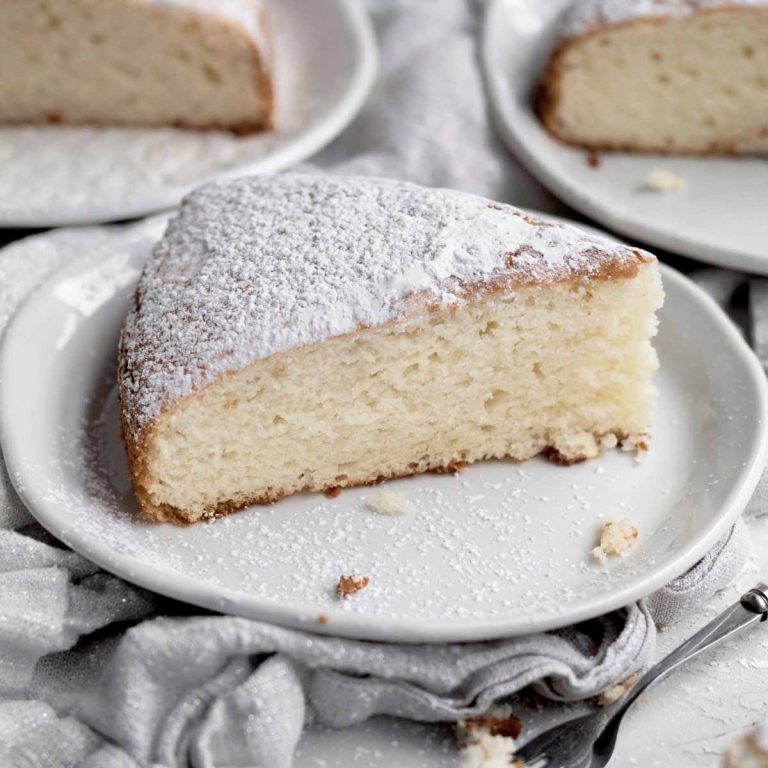French Salad Dressing: History, Health Benefits, and Delicious Homemade Recipes
French salad dressing traces its roots to classic French cuisine, a culinary tradition known for its attention to detail and flavor balance. This dressing originally featured simple ingredients: olive oil, vinegar, mustard, and herbs. Over time, it evolved, incorporating more diverse components such as garlic, sugar, and ketchup. By the mid-20th century, American adaptation turned it into a sweeter, orange-hued dressing, distinctly different from its French ancestor but retaining the name.
Regional Variations
Within France, regional variations of salad dressings exist, utilizing local ingredients. In Provence, the dressing might include herbs de Provence and fresh garlic. In Burgundy, Dijon mustard plays a prominent role. Outside France, adaptations continue; in the United States, French dressing often includes a mix of vegetable oil, vinegar, ketchup, and sugar. These variations highlight the adaptability and widespread appeal of French salad dressing.
Key Ingredients in French Salad Dressing
Oil and Vinegar
Oil and vinegar form the base of classic French salad dressing. Olive oil often tops the list due to its rich flavor and health benefits. It’s combined with vinegar, usually red wine vinegar, for a balance of acidity and tang. Together, these ingredients create a smooth and emulsified mixture that clings well to leafy greens and vegetables.
Seasonings and Additives
Seasonings and additives enhance the base with complex flavors. Mustard, typically Dijon, adds sharpness and a creamy texture. Garlic provides a pungent kick, while herbs like tarragon and chives offer aromatic notes. Sugar sweetens the mix, balancing the acidity of the vinegar. Some modern recipes incorporate ketchup for a distinct, sweeter twist. Salt and pepper round out the profile, ensuring the dressing is well-seasoned.
Homemade vs Store-Bought French Salad Dressing
Pros of Homemade Dressing
Homemade French salad dressing allows you to control the ingredients. You can choose high-quality olive oil, organic red wine vinegar, and fresh herbs for a superior taste. Preparation freshness is maximized as you make each batch to suit your preferences. Customize the flavor profile by adjusting the amounts of mustard, garlic, and sugar. Avoid preservatives and artificial additives common in store-bought options. Support dietary needs by ensuring the dressing is gluten-free or keto-friendly.
Cons of Store-Bought Dressing
Store-bought French salad dressing often contains preservatives and artificial additives, which can affect the flavor and nutritional value. Sugar and sodium levels are typically higher in commercial dressings. This can be an issue if following a specific diet. Ingredient quality is inconsistent, affecting the overall taste. Customization lack means you’re limited by the manufacturer’s recipe and cannot easily adjust the flavor to suit your preferences. Lastly, some ingredients may lead to allergies and intolerance reactions if they are not disclosed on the label.
Popular Uses of French Salad Dressing
Salads
French salad dressing adds a tangy, sweet flavor to various salads, enhancing their taste profiles. Classic green salads, like mixed greens or arugula, benefit from its zesty notes. Pasta salads, with ingredients like rotini, cherry tomatoes, and cucumbers, gain a vibrant twist when you use French dressing as the base. Grain-based salads, such as quinoa or farro mixed with vegetables, also pair well with this versatile dressing. Cole slaw can be transformed with a drizzling, bringing an unexpected flavor depth.
Marinades and Other Uses
French salad dressing serves as an excellent marinade for proteins, adding flavor and tenderizing meats. Chicken breasts, pork chops, and shrimp absorb the dressing, resulting in a savory and juicy meal. Vegetables like bell peppers, zucchini, and mushrooms develop a rich taste when marinated in French dressing before roasting or grilling. You can also use it as a dipping sauce for items like crudités, chicken tenders, or even as a spread in sandwiches. Its sweet-tangy profile makes it suitable for brushing on foods during the last minutes of grilling or baking, creating a caramelized finish.
Health Aspects of French Salad Dressing
Nutritional Information
Nutritional content can vary greatly between homemade and store-bought French salad dressings. Typically, a serving (2 tablespoons) of store-bought French dressing contains around 120–150 calories, 13–15 grams of fat, 2–5 grams of sugar, and small amounts of vitamin C. Store-bought variants often contain additives like high-fructose corn syrup and preservatives, impacting their nutritional profile.
Homemade French salad dressings offer more control over ingredients. Using healthy oils like olive oil can enhance monounsaturated fat intake, benefiting heart health. Fresh herbs, mustard, and vinegar contribute minimal calories but add flavor and antioxidant properties.
Choosing a Healthier French Salad Dressing
Opt for homemade dressing to maximize health benefits. Choose ingredients like extra virgin olive oil, apple cider vinegar, raw honey, and fresh herbs. These components provide healthy fats, antioxidants, and reduced sugar content.
When selecting store-bought dressings, read labels carefully. Prioritize options with fewer ingredients, avoiding those with high-fructose corn syrup, artificial additives, and unhealthy fats. Some brands offer organic or preservative-free versions, which are better for those monitoring dietary intake.
Nutritive strategies can elevate the healthiness of your meals while maintaining the delectable taste that French salad dressing offers.
Conclusion
Exploring French salad dressing reveals its rich history and modern versatility. Whether you use it to elevate a simple salad or as a flavorful marinade, this dressing offers endless culinary possibilities. By making your own at home, you gain control over ingredients, ensuring a healthier and tastier option. Choose olive oil, apple cider vinegar, and fresh herbs to maximize flavor and nutritional benefits. Be cautious with store-bought versions that often contain unhealthy additives. Embrace homemade French salad dressing to enhance your meals with both taste and health in mind.






